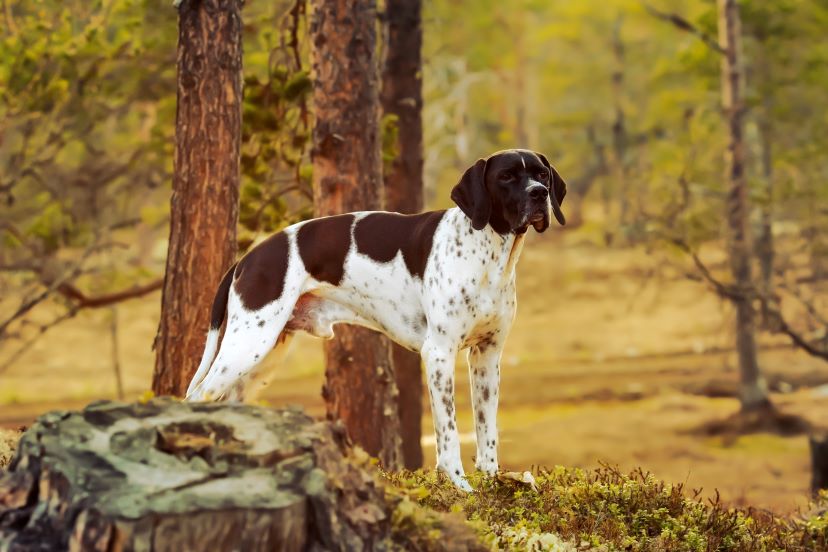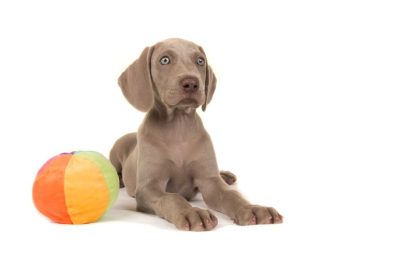Pointers Traits & Characteristics
Introduction to Pointer Dogs
Oh, the world of large dogs is quite diverse, isn’t it? Today, we’re exploring one of my favorites – the Pointer. Known for their grace, agility, and boundless energy, Pointers are a fantastic breed with much to offer.
The Origin of Pointers
History of the Breed
Pointers, often known as English Pointers, have a rich history dating back several centuries. They originated in England, where they were first bred as bird dogs. Their precise origin is unknown, but they’re believed to have descended from several breeds including the Foxhound, Bloodhound, Greyhound, and Bull Terrier.
How Pointers Got Their Name
Have you ever seen a Pointer in action? The name “Pointer” comes from the breed’s hunting style. When a Pointer detects game, it points its body straight towards it, giving hunters a clear line of sight. It’s an impressive sight that truly demonstrates their innate hunting instincts!
Key Characteristics of Pointers
Temperament
Pointers are known for their lively and friendly temperament. They’re not just active; they’re also incredibly social dogs that love to be around people. Friendly, kind-hearted, and very loyal, Pointers make excellent family pets.
Physical Traits
With a muscular, athletic build, Pointers are the epitome of elegance and strength. They stand about 24-28 inches tall and weigh between 45-75 pounds. Their coat is short, shiny, and comes in a variety of colors such as black, white, lemon, and liver.
Health Aspects
Generally, Pointers are healthy dogs. However, like all breeds, they can be prone to certain health conditions such as hip dysplasia, allergies, and thyroid problems. Regular vet check-ups and a healthy diet can go a long way in ensuring your Pointer stays in top shape.
Why Pointers Make Good Pets
Despite their hunting background, Pointers are gentle, loving, and get along well with children and other pets. Their high energy level makes them excellent companions for active families. Plus, their loyalty and alertness make them good watchdogs.
Training Your Pointer
Basic Training Tips
Training a Pointer requires patience and consistency due to their high energy levels. Reward-based training methods, involving treats or toys, usually work well with this breed. And remember, a tired dog is a good dog!
The Importance of Early Socialization
Socializing your Pointer from an early age is key. It not only helps them become well-rounded dogs, but it also helps them adjust better to different environments and situations.
Caring for Your Pointer
Diet & Nutrition
A balanced diet is vital for keeping your Pointer healthy. They require high-quality dog food, rich in proteins and fats. Consult with your vet for dietary advice tailored to your dog’s age, size, and activity level.
Exercise Requirements
With their high energy levels, Pointers need plenty of daily exercises. This could involve long walks, runs, or play sessions in a securely fenced area. Keep in mind, mental stimulation is just as important as physical exercise.
Grooming Needs
Despite their short coat, Pointers do shed and thus require regular brushing to keep their coat healthy. Additionally, regular teeth brushing, ear cleaning, and nail trimming should be part of their grooming routine.
Conclusion
Pointers are indeed a wonderful breed. They’re full of energy, friendly, and loyal, making them great companions. Training and caring for a Pointer may require some effort, but the reward of having such a spirited and loving pet is absolutely worth it.
FAQs
1. How much exercise does a Pointer need?
Pointers are a high-energy breed and thus need at least 1-2 hours of exercise daily.
2. Are Pointers good with kids?
Absolutely! Pointers are known for their friendly and patient nature, making them great with children.
3. What is the lifespan of a Pointer?
A healthy Pointer can live between 12 to 15 years.
4. Do Pointers shed a lot?
Despite their short coat, Pointers do shed. Regular brushing can help manage shedding.
5. Are Pointers easy to train?
While Pointers are intelligent and eager to please, their high energy levels can sometimes make training a challenge. Consistency, patience, and positive reinforcement are key to training this breed.




